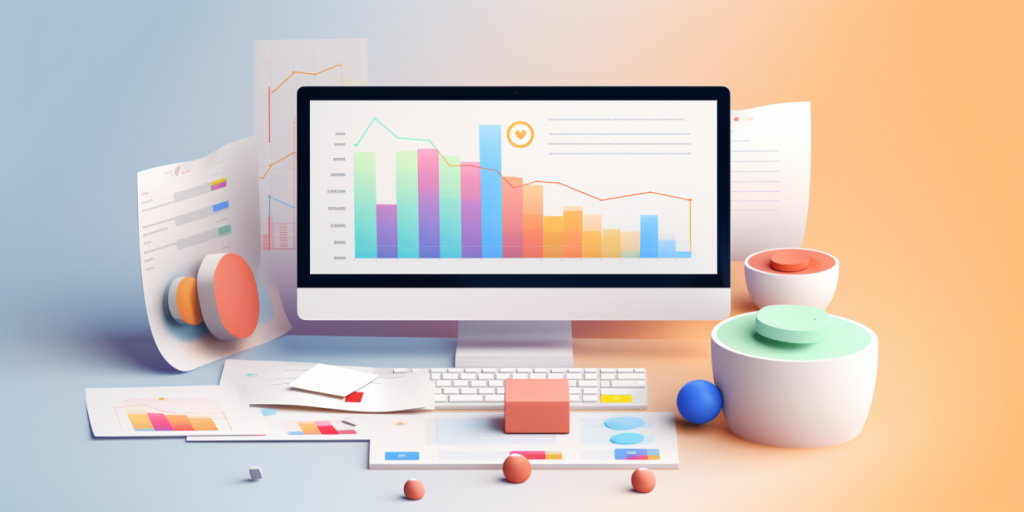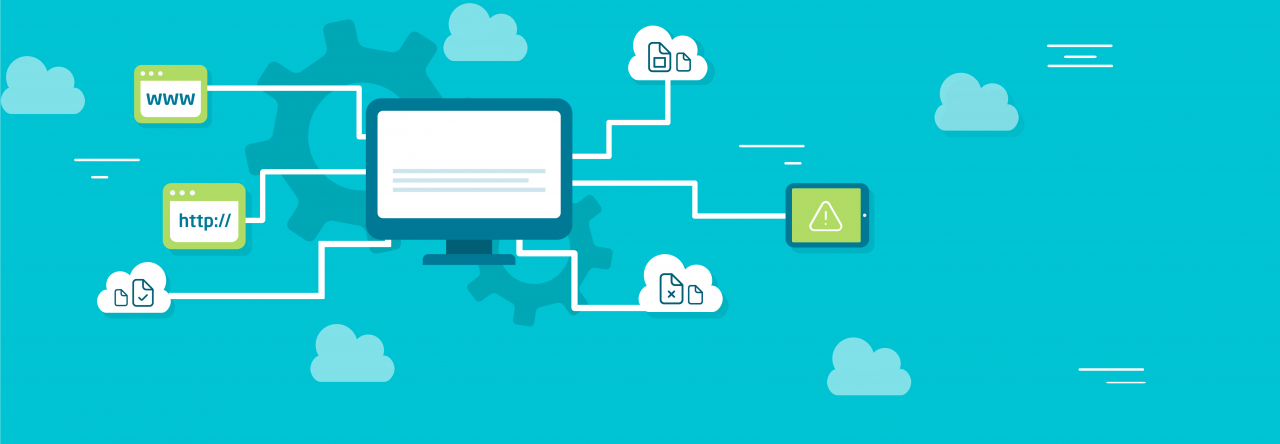
In today’s digital world, it’s impossible to imagine business without the use of billing systems. They play a crucial role in ensuring efficient financial management, creating convenient and transparent payment processes, and increasing a company’s profitability. However, before delving deeper into the details of billing systems, let’s explore the fundamental concepts and ideas associated with these systems.
What Is a Billing System?
A billing system is a complex set of software tools and procedures designed to automate financial transactions with customers. It allows for the establishment and tracking of the cost of services or goods provided to customers and regulates the payment processes. A billing system plays a pivotal role in ensuring a company’s financial stability and enhancing customer satisfaction.
Key Billing Terminology
Before studying and developing a billing system, it’s essential to understand some key terms:
- Rates: These are the charges for a service or product that a customer must pay. Rates can be fixed, flexible, or varied, depending on the nature of the business.
- Subscriptions: Subscriptions are regular payments that customers make at specific intervals (e.g., monthly) to access a service or product.
- Payment Gateways: These are systems that process financial transactions, including customer payments.
- API (Application Programming Interface): It’s an interface that enables different software programs to interact with each other. Well-designed APIs are crucial for integrating billing systems with other applications.
Functions of a Billing System
A billing system performs several critical functions. There are:
- Calculation and Invoicing. It automates the calculation of service costs and the generation of invoices for customers.
- Payment Management. A billing system tracks payments from customers and provides information on payment statuses.
- Rate Management. It allows businesses to easily adjust and configure rates to meet customer needs.
- Analytics and Reporting. Billing systems facilitate the creation of financial reports and analysis of business performance.
Billing System Structure
The structure of a billing system consists of several key components:
- Processing Center: The central module responsible for data processing and analysis.
- Database: Where information about customers, rates, payment history, and other critical data is stored.
- Invoicing Module: Responsible for invoice generation and cost calculations.
- Analytics Module: Aids in analyzing financial activities and determining strategies.
Billing Standards
Major billing standards, such as 3GPP (for mobile operators) and Oracle’s Billing and Revenue Management (BRM), enable companies to create compatible billing systems and ensure process standardization.
Billing Systems Across Different Industries
Billing systems are used across various industries. Among the main ones, we can highlight the following:
- Telecommunications. Mobile operators use billing systems to process payments for mobile communication and internet services.
- Hosting and Cloud Services. Providers of cloud services use billing systems to calculate costs for computing resources and data storage.
- E-commerce. E-commerce stores rely on billing systems to process payments for goods and services and generate invoices.
- Healthcare. Hospitals and medical centers use billing systems to calculate the cost of medical services and treatment.
In summary, as we can see, billing systems are an integral part of modern business today. They help efficiently manage finances, enhance customer satisfaction, and ensure the financial stability of the company. With the advancement of technology and the increase in data volumes, billing systems become even more crucial for businesses in any industry. Therefore, investing in a modern billing system can lead to significant improvements in financial management and competitive advantages.

Leave a Reply